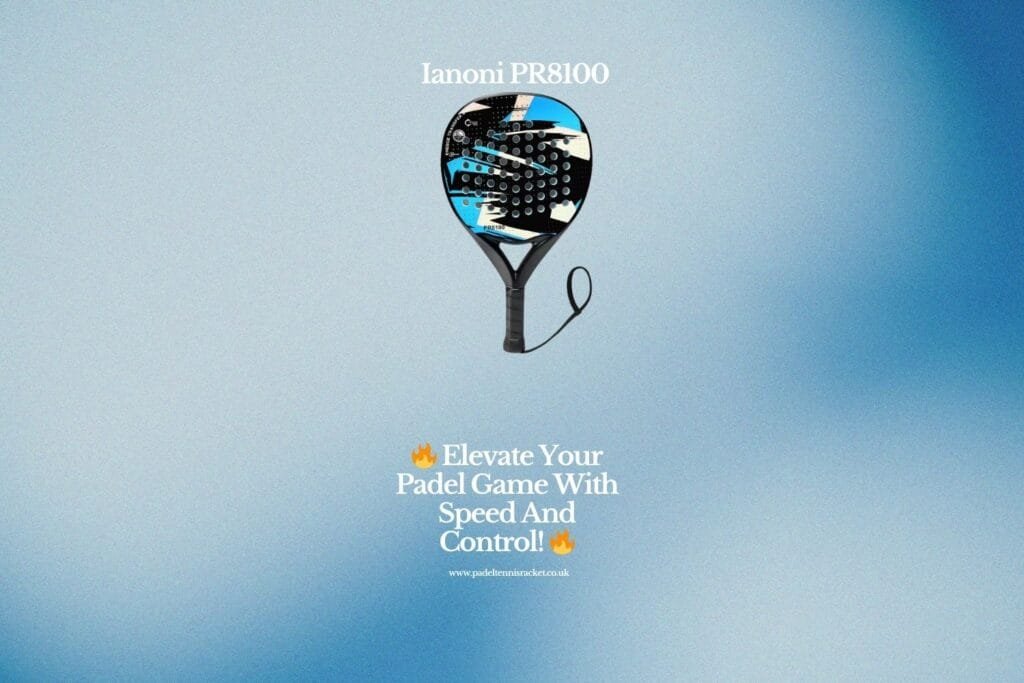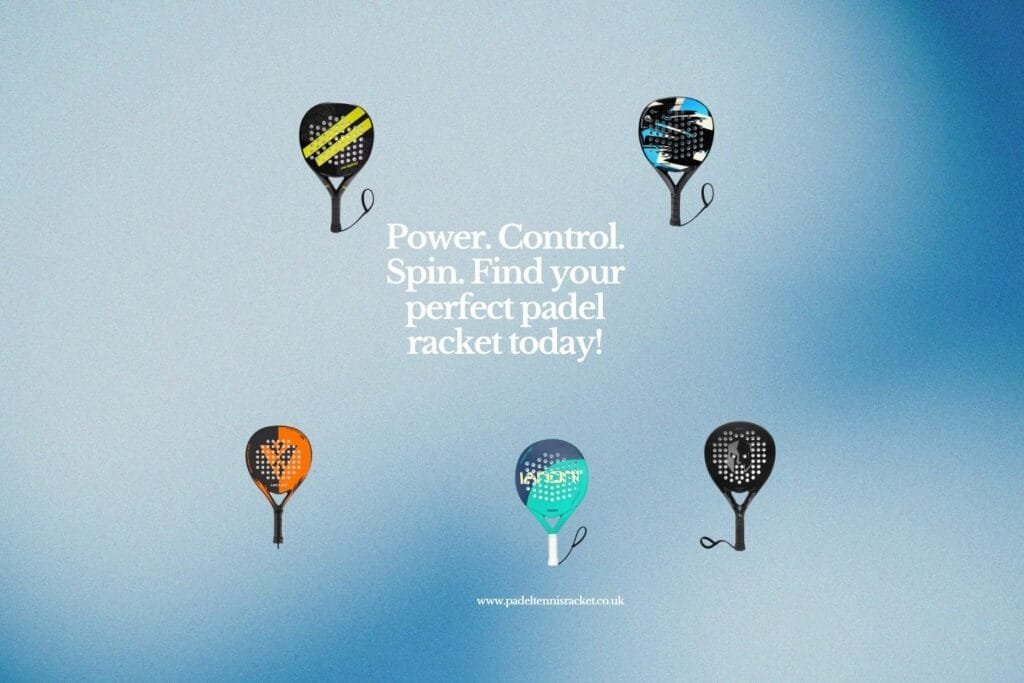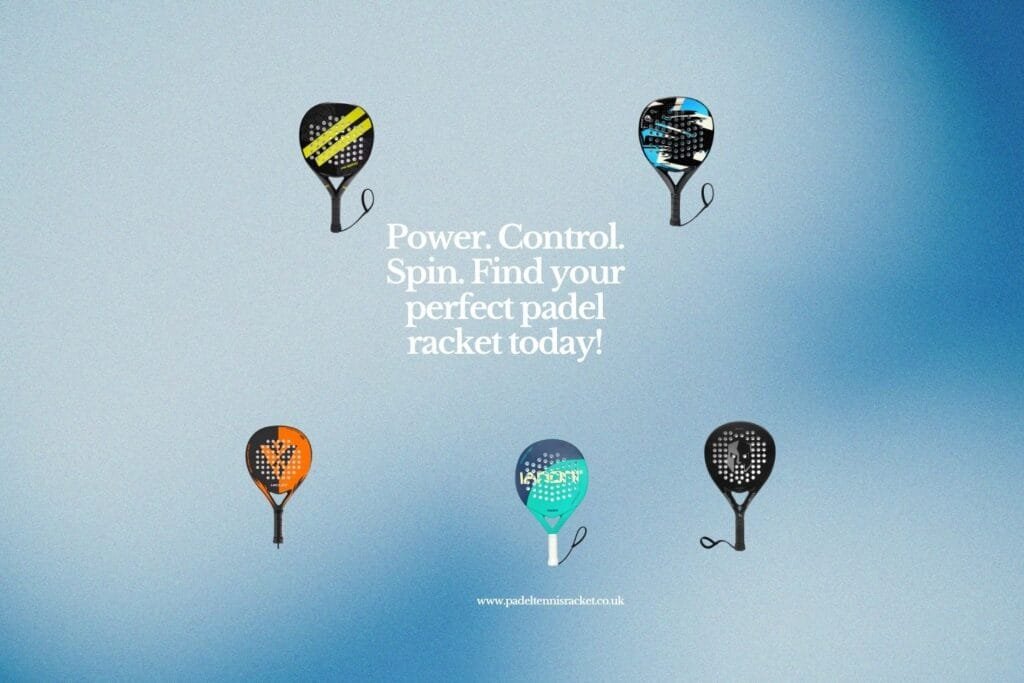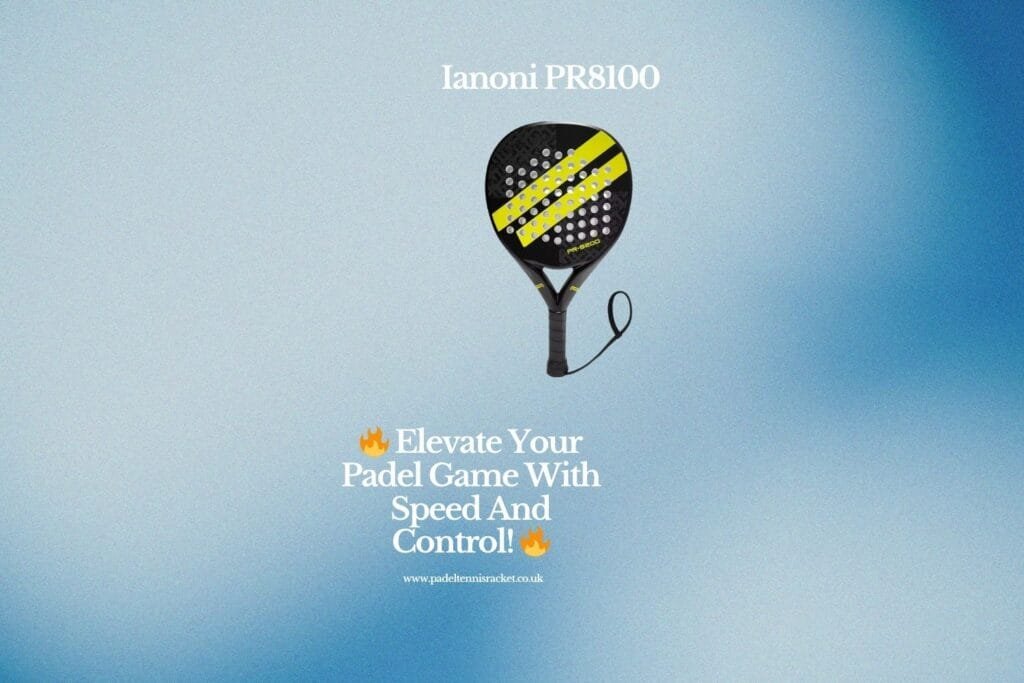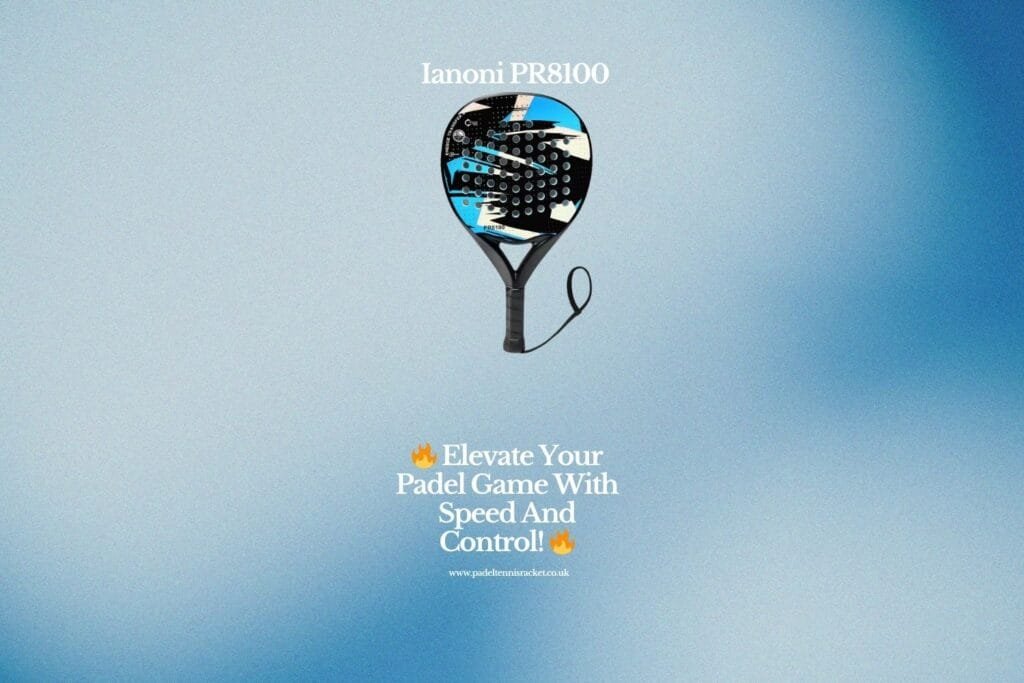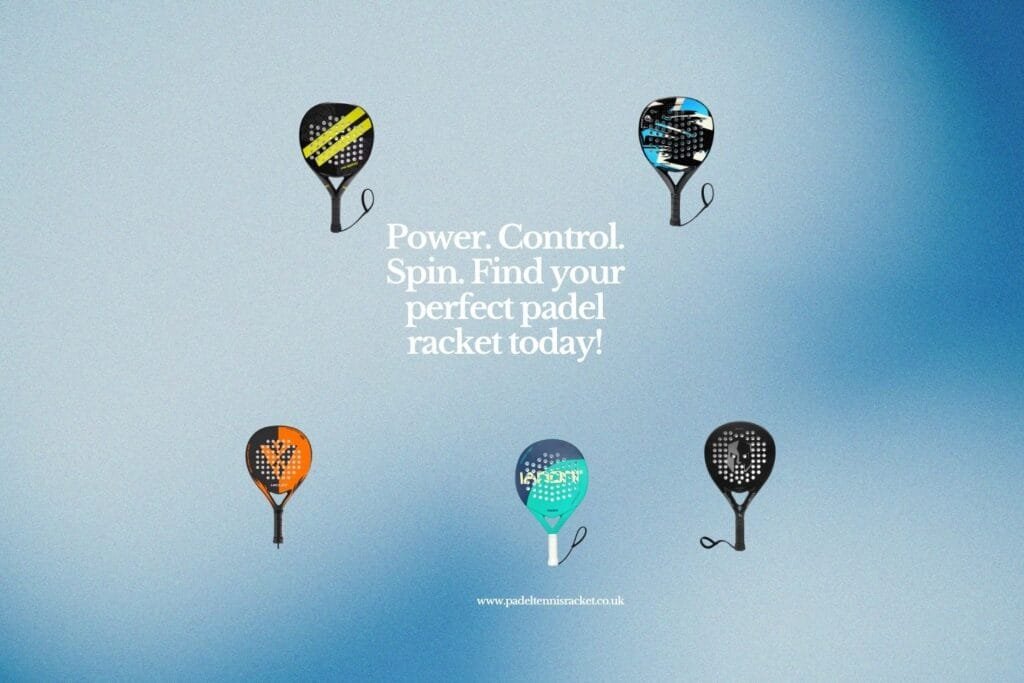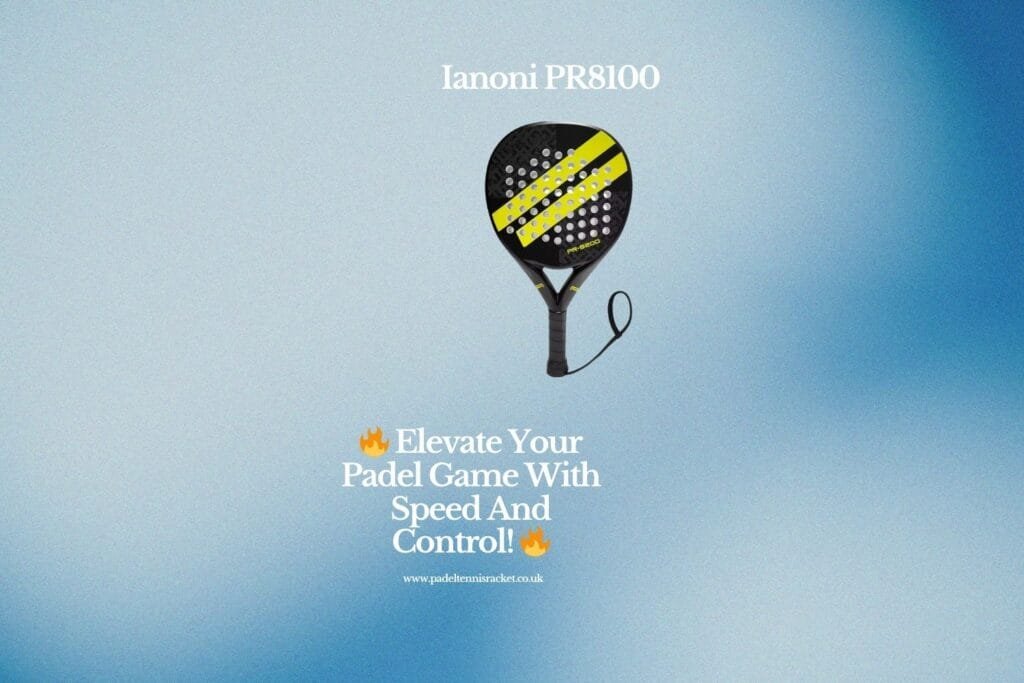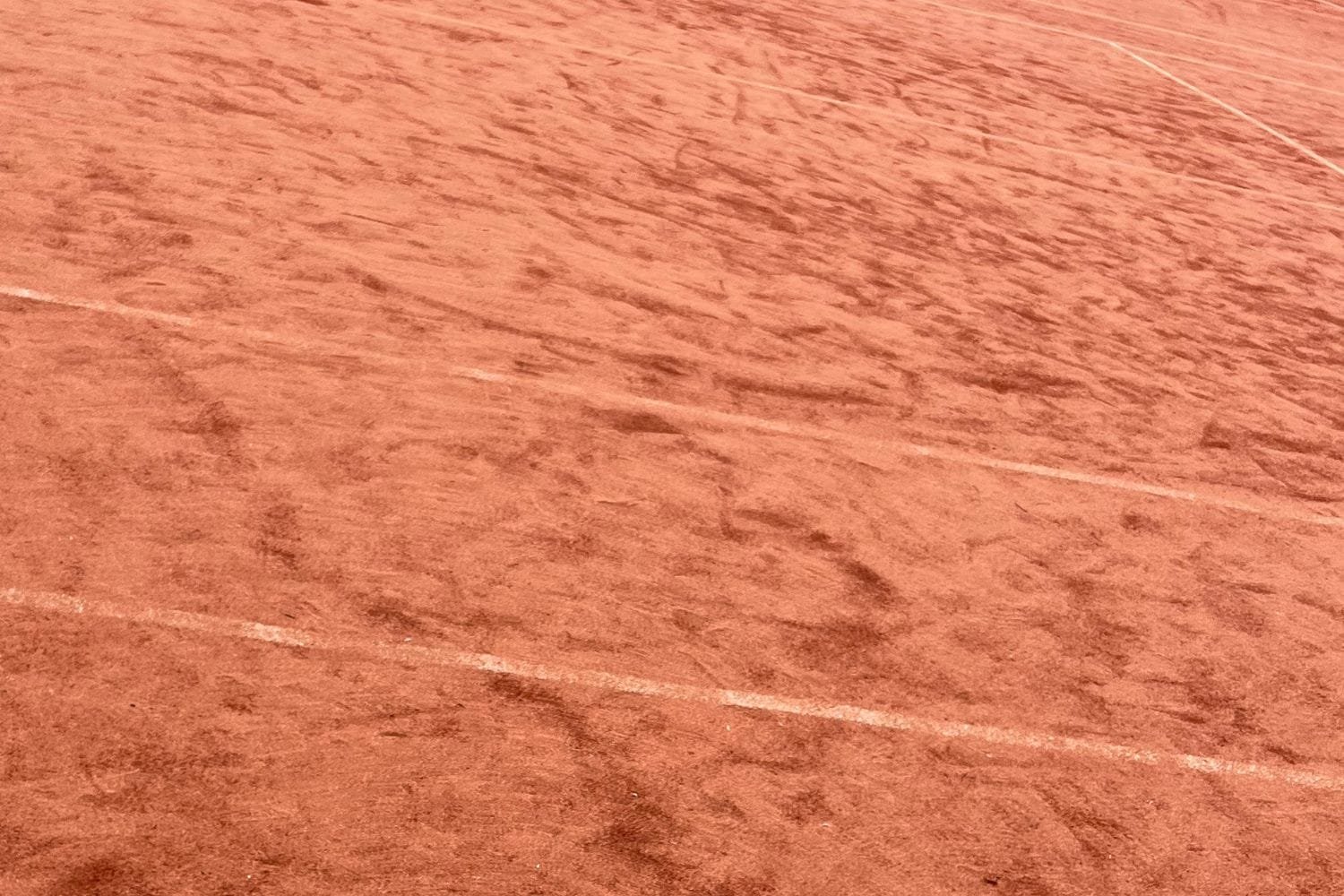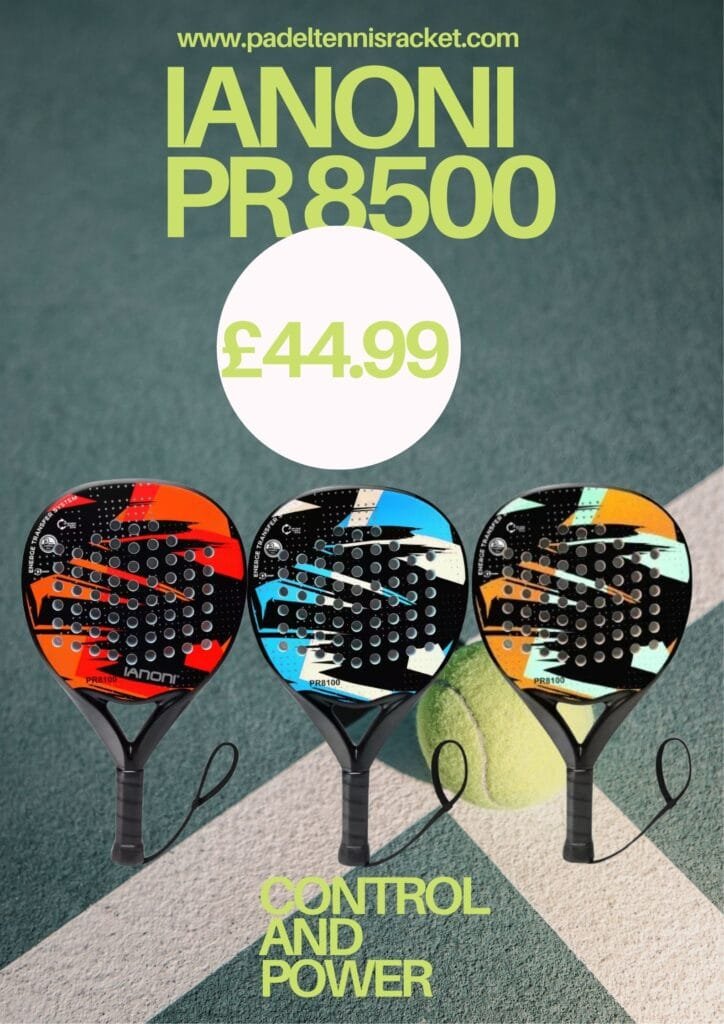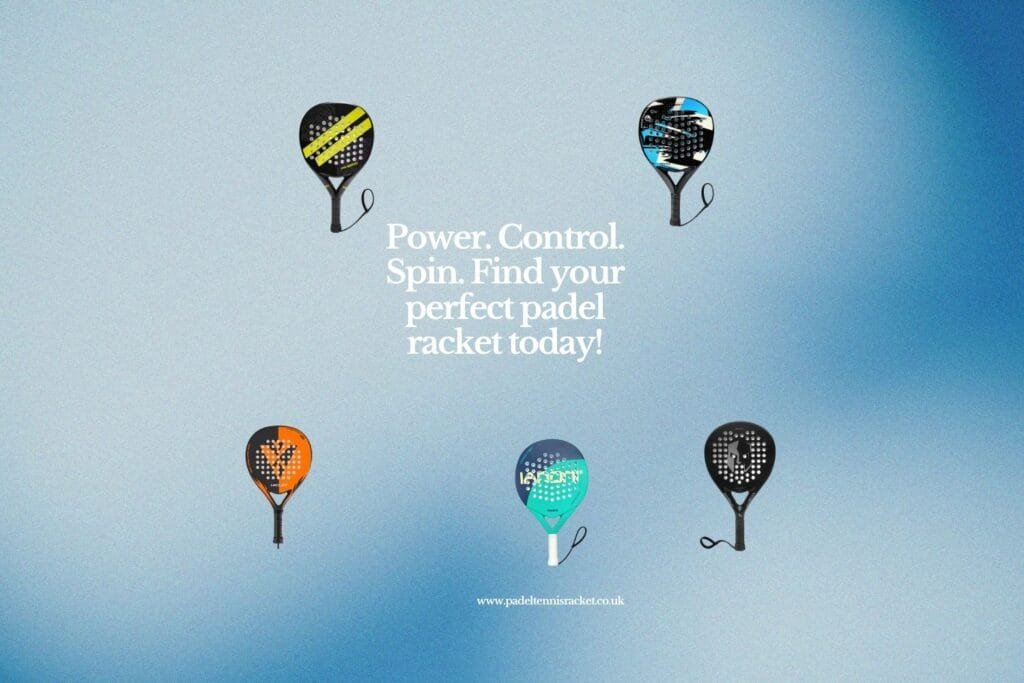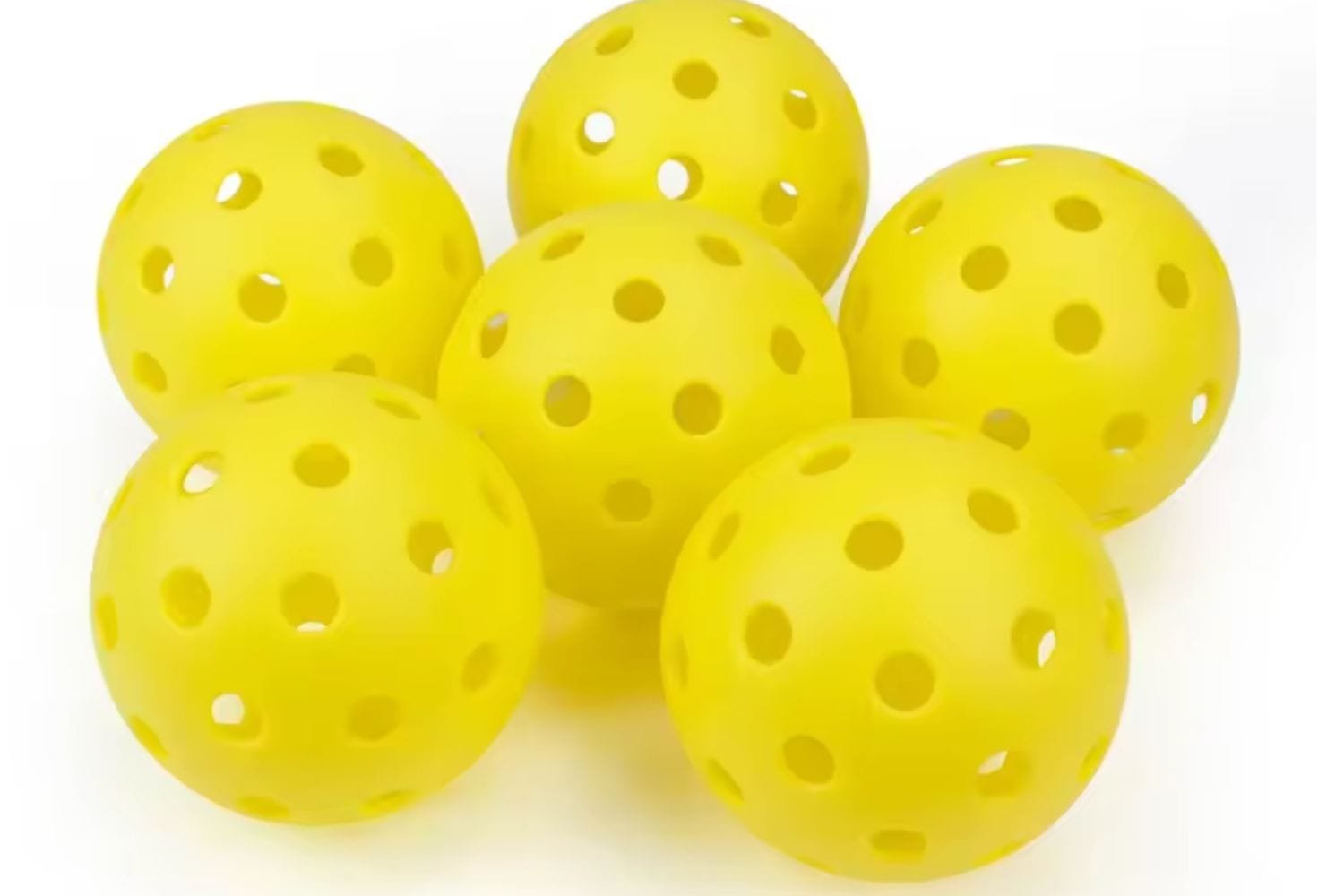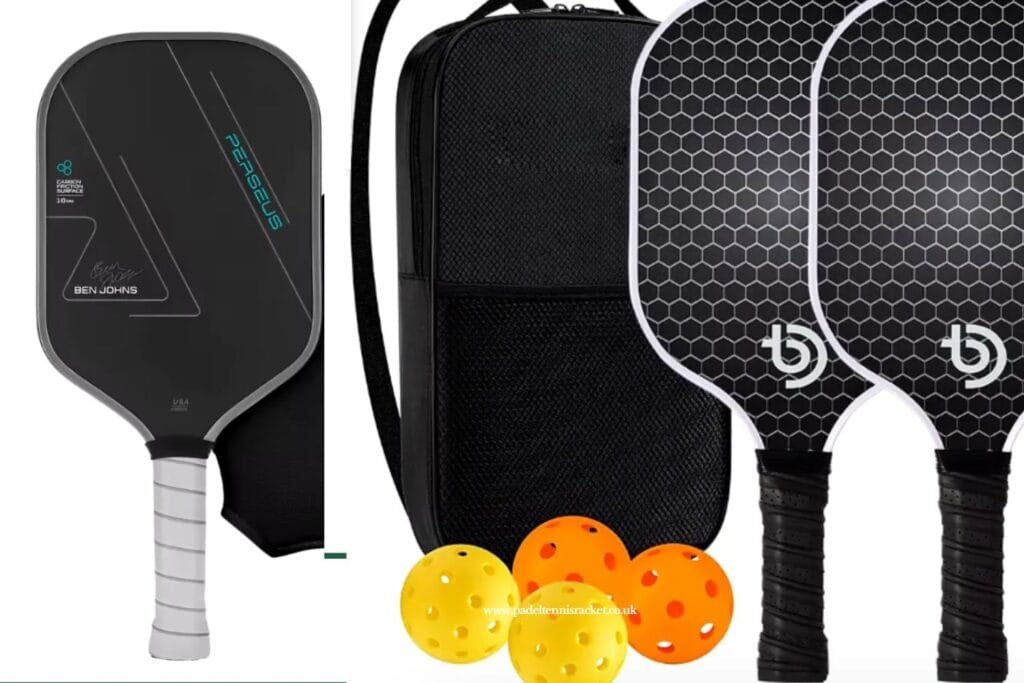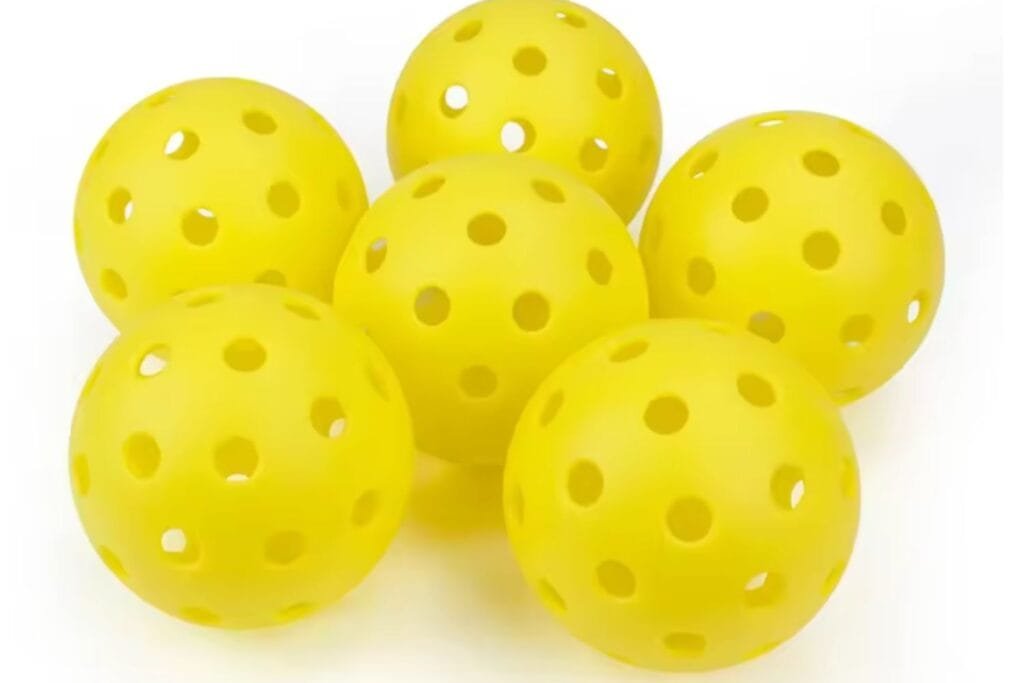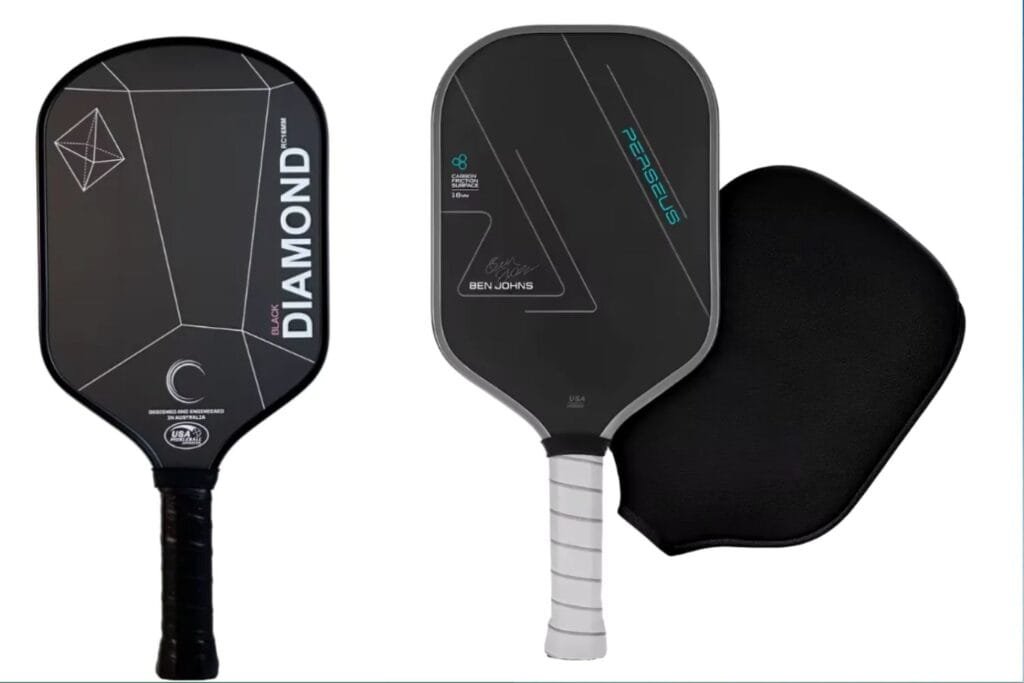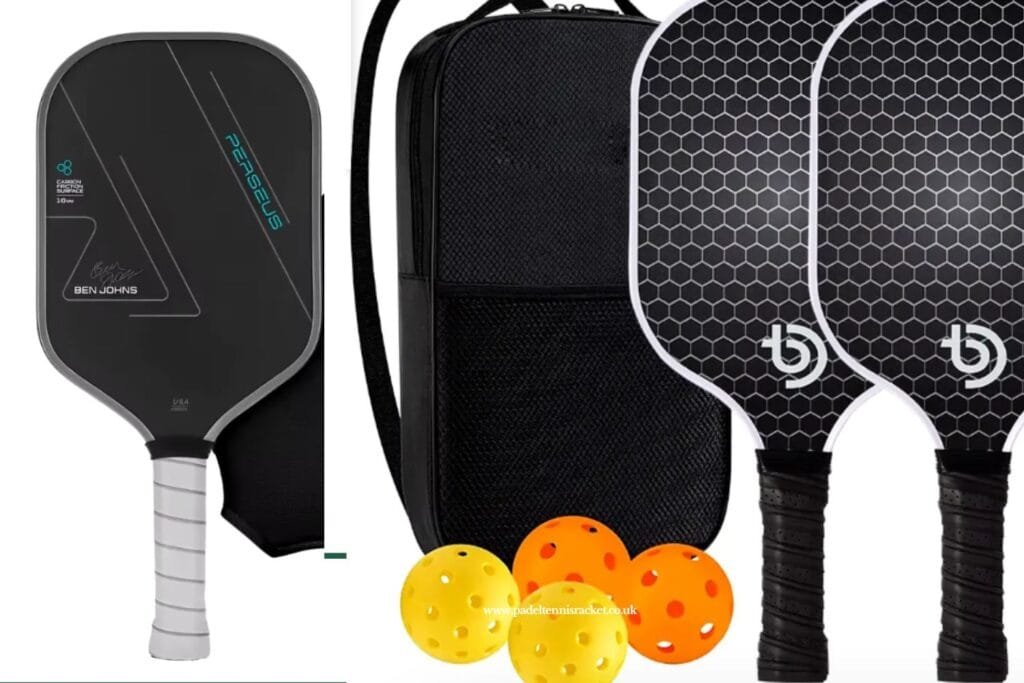
The world of racket sports has long been dominated by tennis, but in recent years, a new contender has been rising rapidly in popularity, padel. If you’ve ever wondered how these two sports compare, especially in terms of the courts they’re played on, you’re not alone. In this blog, we’ll dive into the key differences and similarities between padel vs tennis, helping you better understand each game and perhaps even choose which one suits you best.
Court Dimensions and Layout
The most obvious contrast in padel vs tennis lies in the court itself. A standard tennis court measures 78 feet long and 27 feet wide for singles matches (36 feet wide for doubles). It’s an open court with no walls, relying entirely on boundary lines and a central net to define play.
On the other hand, a padel court is much smaller, measuring 66 feet long and 33 feet wide. But what really sets it apart is that it’s enclosed by walls made of glass and metal mesh. These walls aren’t just barriers; they’re part of the game. Much like squash, players are allowed to bounce the ball off the walls during rallies, creating dynamic and strategic exchanges. This major distinction in padel vs tennis highlights the unique nature of padel’s gameplay.
Net Height and Placement
Though both sports use a net in the center of the court, there are subtle differences in its height and function. In tennis, the net stands at 3 feet in the center and 3.5 feet at the posts. It serves as a traditional barrier that players must hit the ball over.
In padel, the net is slightly lower, at about 34.6 inches (2.88 feet) in the center. While it seems like a minor detail, this slightly lower net encourages longer rallies and a faster pace of play. Comparing padel vs tennis, it becomes clear how even small differences in equipment and layout impact the rhythm and tactics of each sport.
Playing Surface
Another important element in padel vs tennis is the court surface. Tennis courts can be found in a variety of surfaces, clay, grass, or hard court, each offering a different bounce and speed. These variations are a huge part of the sport’s strategy and player preferences.
Padel courts, by contrast, are typically made of synthetic turf over concrete or cement. This surface provides a consistent, medium-paced bounce, ensuring that wall rebounds remain predictable. The consistency of the surface in padel helps maintain the fast, flowing nature of rallies and reduces physical strain compared to the more demanding movements on a full-sized tennis court.
Walls: Game-Changer or Obstacle?
One of the most exciting features in the padel vs tennis debate is how walls are used. In tennis, hitting the ball outside the designated lines ends the point. It’s a game heavily dependent on precision, power, and accuracy.
Padel embraces a more forgiving approach with its enclosed court. If the ball bounces on the court and then hits the wall, the rally continues. This allows for more strategic shot selection, such as lobs that bounce off the back wall or angled volleys that force opponents into awkward positions. This difference in padel vs tennis adds a creative dimension to padel not usually seen in traditional tennis.
Team Format and Social Play
Though both sports can be played in singles or doubles, padel is almost exclusively played in doubles format. This affects how courts are designed and how the game unfolds. The smaller size and wall interaction make padel a social, cooperative experience.
Tennis offers more variety in match formats, singles, doubles, and even mixed doubles at professional levels. Comparing padel vs tennis in this context, tennis might appeal more to solo athletes, while padel emphasizes teamwork and communication.
Ease of Access and Learning Curve
When it comes to starting out, padel vs tennis also diverge. Tennis has a steep learning curve. Mastering the serve, understanding spin, and covering a larger court can be physically and technically demanding.
Padel is known for being easier to learn. The enclosed court and slower-paced rallies make it beginner-friendly. In fact, many new players report feeling confident and having fun from their very first session. This accessibility is one reason why padel is exploding in popularity across Europe and Latin America.
Summary: Court Design Shapes the Game
In reviewing the key elements of padel vs tennis, one thing becomes clear: the court design plays a huge role in shaping the feel, style, and accessibility of each sport. Tennis courts require greater endurance and precision, often favoring power hitters and elite athletes. Padel courts, being smaller and enclosed, promote clever shot-making, longer rallies, and social interaction.
Conclusion
So, where do you land on the padel vs tennis spectrum? If you love high-speed rallies and enjoy team dynamics, padel might be your new favorite sport. If you thrive on solo competition, precision shots, and varying surfaces, tennis is likely your game of choice. Either way, understanding the court is your first step to enjoying these two fantastic sports.Whether you’re picking up a racket for the first time or switching disciplines, the padel vs tennis debate is an exciting one, and now, you’re better equipped to play on either side of the net.
